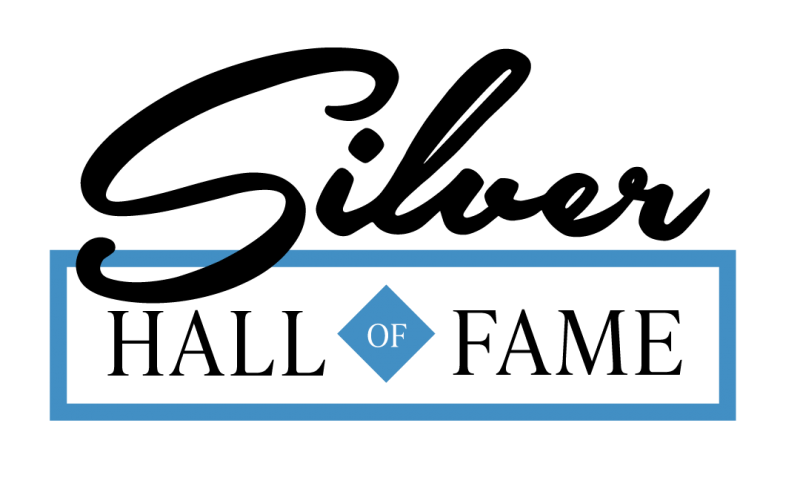Mints - Governments
The history of coin minting traces back to around 600 BC when the Lydian people in modern-day Turkey introduced coined currency. The concept quickly spread across the Mediterranean, developing coins in regions such as Athens, Aegina, Corinth, and Persia by the 6th century BC.
The methods employed at mints for coin production have evolved. Early coins were cast using moulds or struck between two dies to create hammered coins. In the middle of the 16th century, machine-made milled coins emerged, producing higher-quality coins.
Currently, national currencies are typically minted by a country's central bank or, on its behalf, by an independent mint. For instance, the Royal Mint in the United Kingdom and the Royal Canadian Mint jointly mint coins for the New Zealand Dollar on behalf of the Reserve Bank of New Zealand. National mints may also undergo privatization, transforming into state-owned enterprises to engage in commercial activities, such as producing commemorative coins, medals, and various types of bullion.
Today, the United States Mint is the largest mint manufacturer globally, operating across six sites and producing an impressive 28 billion coins annually. The Philadelphia Mint, its largest site, spans 650,000 square feet and can produce 32 million daily coins.
Among the world's oldest continuously running mints, the Monnaie de Paris in France takes the lead, having been founded in AD 864, making it the 8th oldest company globally. Following closely is the British Royal Mint, based in AD 886, ranking as the 10th oldest mint still in operation.
The history of coin minting is a fascinating journey that reflects advancements in technology and the evolution of methods, leading to the impressive scale and efficiency of modern-day minting operations.
Last Updated on: 2024-03-09
